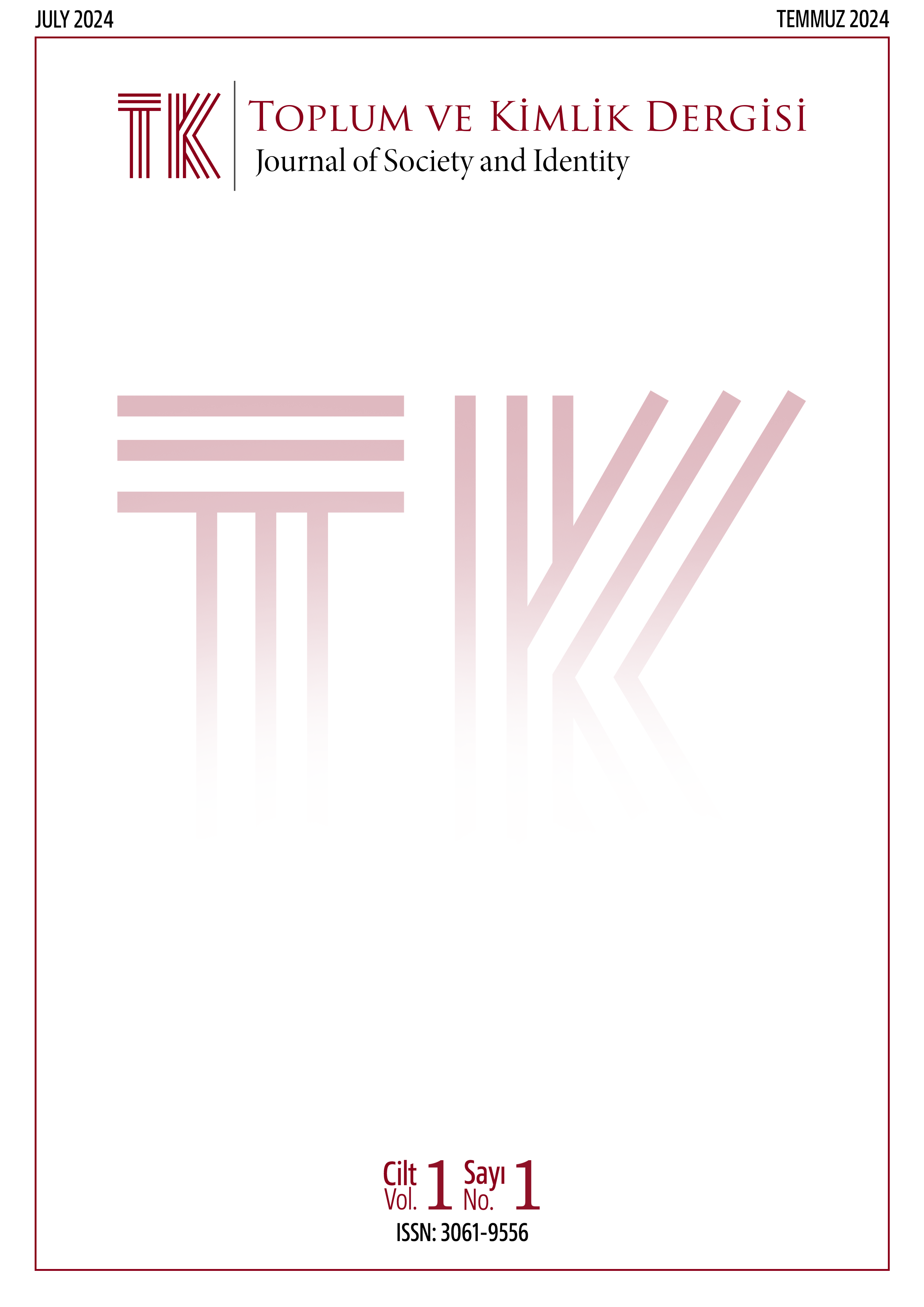Teaching Turkish as a Foreign Language in Turkey's 100th Anniversary
DOI:
https://doi.org/10.5281/zenodo.13132156Keywords:
Teaching Turkish as a foreign/second language,, history of teaching, soft power, problemsAbstract
Turkish has been spoken and used across vast geographical areas throughout history. Accordingly, the history of teaching Turkish to diverse populations dates back quite far. However, the systematic development of teaching Turkish as a foreign and/or second language is relatively recent. Language teaching holds significant importance in the concept of soft power. Therefore, attention has been paid to language teaching throughout history. In recent years, the increasing economic and political power of Turkey has given additional importance to the teaching of Turkish.
The aim of this study is to determine the progress made in the teaching of Turkish as a foreign language in Turkey as of the 100th anniversary of the Republic of Turkey, and to examine significant milestones in this process. In this context, the study examines the development of teaching Turkish from the first instance with Kutadgu Bilig to the present day, both domestically and internationally, in various institutions with numerous learners. Utilizing a literature review methodology, the study identifies the advancements in teaching Turkish as a foreign language from its inception to the 2020s. Additionally, it focuses on the progress and outcomes achieved in the field of teaching Turkish as a foreign/second language, which has gained momentum since the early 2000s.
References
Akar, A. (2017). Türk Dili Tarihi. Ötüken Yayınları.
Aksan, D. (2020). Anlambilim: Anlambilim Konuları ve Türkçenin Anlambilimi. Ankara: Bilgi Yayınevi.
Alyılmaz, S. (2018). Türkçe öğretiminde hedef kitlenin/öğrenenin önemi. Uluslararası Türkçe Edebiyat Kültür Eğitim Dergisi, 7(4), 2452-2463.
Aykaç, N. (2015). Yabancı Dil Olarak Türkçe Öğretiminin Genel Tarihçesi ve Bu Alanda Kullanılan Yöntemler. Turkish Studies, 10(3), 161-174. DOI: http://dx.doi.org/10.7827/TurkishStudies.7842
Bayraktar, N. (2003). Yabancılara Türkçe Öğretiminin Tarihsel Gelişimi. Dil Dergisi, 119, 58-71.
Bakır, S. (2014). Türkiye’deki yabancılara Türkçe öğretim merkezleri ve Atatürk üniversitesi dil eğitimi uygulama ve araştırma merkezi (DİLMER), A.Ü. Türkiyat Araştırmaları Enstitüsü Dergisi [TAED] 51, 435-456.
Creswell, J. W. (2012). Educational research: Planning, conducting, and evaluating quantitative and qualitative research (4. Baskı). Boston, MA: Pearson.
Er, M. (2023). Türkçenin yabancı dil olarak öğretiminde özel dil kursları. RumeliDE Dil ve Edebiyat Araştırmaları Dergisi, 13, 340-354. DOI: 10.29000/rumelide.1375506.
Ercilasun, A. B. & Akkoyunlu, Z. (2014). Kâşgarlı Mahmut Dîvânu Lugâti’t-Türk. Ankara: TDK Yayınları.
Kocaman, A. (1994). Cumhuriyet, Dil Devrimi ve Ötesi. Dilbilim Araştırmaları, (1-3).
Tavkul, U. (2003). Türk Lehçelerinin Sınıflandırılmasında Bazı Kriterler. Kırım Dergisi, 12 (45): 23-32.
Tüm, G. (2022). Türkçenin yabancı dil olarak öğretiminde gücü ve geleceği. Ankara: Sınırsız Eğitim ve Araştırma Derneği Yayınları.
Yılmaz, Y. (2018). 18. ve 19. Asırda Fransızca Hazırlanmış Transkripsiyon Anıtlarında Okuma Metinlerinin Özellikleri. RumeliDE Dil ve Edebiyat Araştırmaları Dergisi. (Özel Sayı), 4. (86-92).
Downloads
Published
How to Cite
Issue
Section
License
Copyright (c) 2024 Dr. Hatice Neslihan Demiriz

This work is licensed under a Creative Commons Attribution 4.0 International License.







